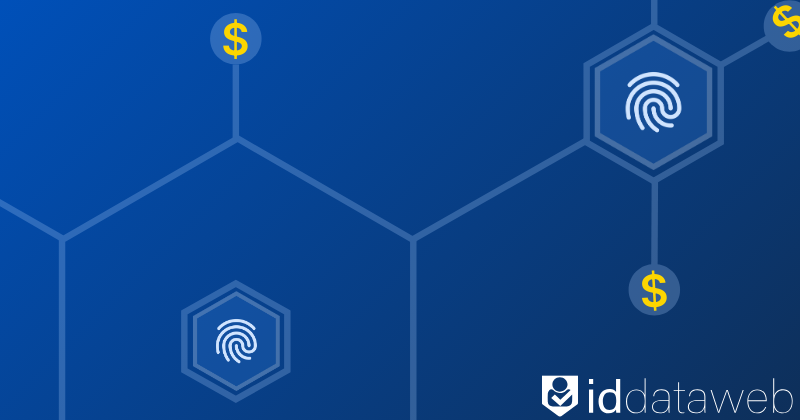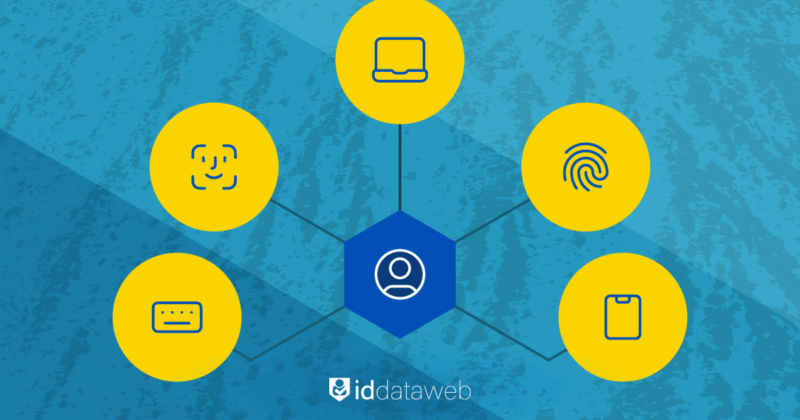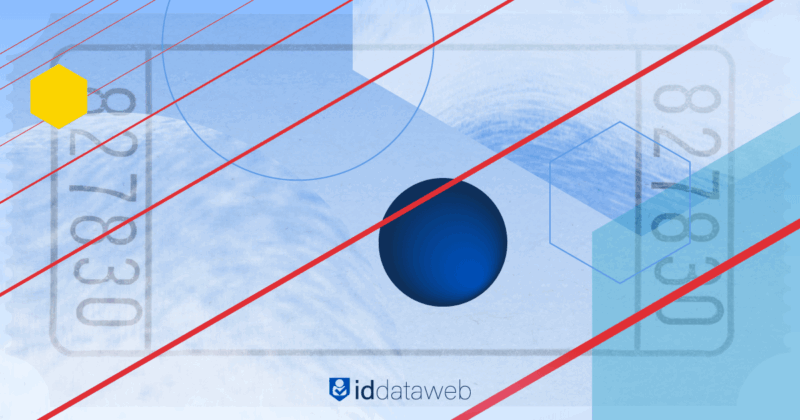Managing user identities and access used to be straightforward when all applications and data lived on-premises. Today, organizations have embraced the cloud, sometimes multiple clouds, and still rely on legacy systems.
Each environment can have its identity and access management (IAM) solution—often with different rules and protocols. This leads to fragmentation, security gaps, and confusing logins for end users.
As digital transformation ramps up, so do the demands on identity services. IT teams struggle to keep pace, especially when dealing with mergers, acquisitions, and global expansion. When you have multiple identity providers (IDPs) and a hodgepodge of legacy apps, the risk of misconfigurations and overlooked threats grows.
Identity orchestration is a modern solution that brings these scattered pieces together. It centralizes how you manage user logins, security policies, and data across all environments. Below, we’ll explore identity orchestration, why it matters, how it works, and how you can get started.
Identity orchestration explained
Identity orchestration is a modern approach to managing how users authenticate and access applications across different environments.
Instead of forcing every application to integrate separately with a single identity provider (IDP), it uses a unified layer—sometimes called an abstraction layer—to coordinate multiple identity systems. This coordination ensures that security policies, authentication methods, and user experiences stay consistent, no matter where the user or application resides.
Traditional identity and access management (IAM) often struggles with complexity. Organizations frequently rely on separate IDPs for on-premises systems, cloud services, and external applications. Each IDP can have its own rules, protocols, and security configurations. Identity orchestration addresses these challenges by allowing organizations to manage identities across all these environments in one central “control plane.”
You can think of identity orchestration as an intelligent traffic controller. When users try to log in, it decides where to route their credentials and how to apply security checks. This approach significantly reduces the need for custom coding and manual processes, since administrators only need to define or “orchestrate” the flows once.
After that, each application can rely on the same set of policies and authentication methods, from multi-factor authentication (MFA) to social logins, without rewriting any application code.
Why identity orchestration matters
1. Managing multi-cloud complexity
Organizations rarely stick to one cloud.
One department might prefer Azure Active Directory, while another uses Amazon Web Services.
Meanwhile, legacy on-premises directories such as Active Directory or LDAP might still house critical user data. Without a unifying layer, administrators have to manage various identity silos.
Adopting more clouds often means more entry points for attackers. IT teams must manage identity access across multiple environments, each with unique rules. This complexity increases the odds of a breach.
2. User experience and compliance
Users want quick, easy access to their applications. They don’t care if an app is hosted on-prem or in the cloud—they just want one login, ideally with minimal friction. Without orchestration, users may juggle multiple credentials, run into mismatched MFA requirements, or deal with inconsistent sign-on flows.
A well-implemented orchestration layer consolidates these steps. That leads to fewer password resets, less confusion, and a better overall experience.
3. Reducing manual processes
Each IDP typically has its own APIs and configuration quirks. A company might end up writing custom code to make a legacy app talk to a modern cloud identity system—repeatedly, for multiple apps. These projects are time-consuming and prone to errors. Orchestration centralizes these integrations. Identity orchestration removes this burden by letting administrators define how data and credentials flow once, so they don’t have to rewrite or troubleshoot countless one-off solutions.
Because most orchestration platforms include visual interfaces or no-code tools, even smaller teams can build robust authentication flows with minimal custom coding.
How identity orchestration works
One of the easiest ways to picture identity orchestration is to think about “flows.” Each flow is a visual map of how a user’s login journey unfolds, step by step. You define the order of actions—checking credentials in a certain IDP, prompting multi-factor authentication (MFA), or retrieving user attributes—using an interface that often looks like a flowchart.
So, administrators create “flows” that define the authentication steps for different scenarios. A flow could involve verifying the user’s username and password, then checking an external risk scoring service, followed by a request to an MFA provider. These flows are often built through drag-and-drop interfaces or templated “recipes,” letting you quickly roll out new login paths or adapt to changing requirements.
Because flows bring together different identity services in one place, you can decide on the fly whether to check a user’s credentials against your on-premises directory or a cloud-based IDP. You could even route them to an MFA provider if they’re coming from an unknown device or unusual location.
When you need to add or update security rules—like requiring MFA after business hours—you change the flow in one place, and all connected applications follow that new rule automatically. This approach simplifies the entire login process by centralizing the logic.
Common myths & misconceptions
Myth 1: It replaces all IDPs
Identity orchestration doesn’t remove the need for IDPs. On the contrary, it’s designed to unify them. Large organizations might use AWS for some applications, Azure AD for others, and a legacy directory for on-prem systems. The orchestration layer simply sits on top of these existing solutions, harmonizing their processes.
Myth 2: It’s just SSO or federation
While single sign-on (SSO) and federation are often part of an orchestration solution, they don’t cover everything orchestration provides. Identity orchestration can integrate threat detection, multi-factor authentication, attribute mapping, and more. It’s a superset of traditional SSO or federation capabilities.
Myth 3: It’s the same as administrative workflows
Identity orchestration focuses on real-time user authentication and access control. It’s different from administrative workflows like onboarding or offboarding employees, which might involve approvals and role assignments in ticketing systems. Orchestration ensures every user login follows the rules you set, right when they attempt to access an application.
Key benefits of identity orchestration
- Consistent policy enforcement
Defining security policies in one place is crucial when dealing with multiple identity providers. Orchestration applies the same standards everywhere. That way, a user who logs in through a cloud service is held to the same MFA or conditional access rules as someone signing in to an on-premises system.
- Modernizing legacy apps without rewriting
Legacy applications often rely on outdated authentication methods. Instead of rewriting them to accommodate new protocols, you can install an orchestration layer that “translates” modern authentication flows into what the old apps understand. This significantly cuts down on redevelopment costs and risk.
- Faster cloud migrations and M&A integrations
Mergers and acquisitions frequently combine organizations with completely separate identity infrastructures. Orchestration quickly unifies these systems so employees gain access to shared resources without confusing new logins or missed permissions. The same logic applies when migrating on-prem apps to the cloud. You can maintain consistent user access even as you shift the underlying infrastructure.
- Improved resilience
No one wants business operations halted by an IDP outage. By orchestrating multiple IDPs, you can set up failover paths. If the primary provider goes offline, users can be routed to a backup system. This redundancy keeps downtime minimal and user productivity high.
Takeaways
Below are the key takeaways to remember about identity orchestration:
- It unifies IDPs rather than replacing them. You can maintain multiple identity providers and still apply consistent security policies.
- It provides a no-code or low-code approach to authentication. This significantly reduces the time and expertise required to implement new security measures.
- It modernizes legacy systems without rewriting. You can overlay modern authentication protocols on older apps through an orchestration layer.
- It accelerates cloud migrations and M&A. By overlaying different IDPs with one platform, organizations rapidly unify access controls.
- It supports evolving security models. Orchestration is a natural fit for zero trust, adaptive risk-based authentication, and other advanced strategies.
Adopting identity orchestration can streamline operations, enhance security, and help your organization handle the complexities of multi-cloud and hybrid IT. Instead of treating identity management as a patchwork, you can rely on a flexible, centralized framework that evolves as your requirements change. This way, your team is free to focus on higher-level goals—knowing that user access is both secure and straightforward.











